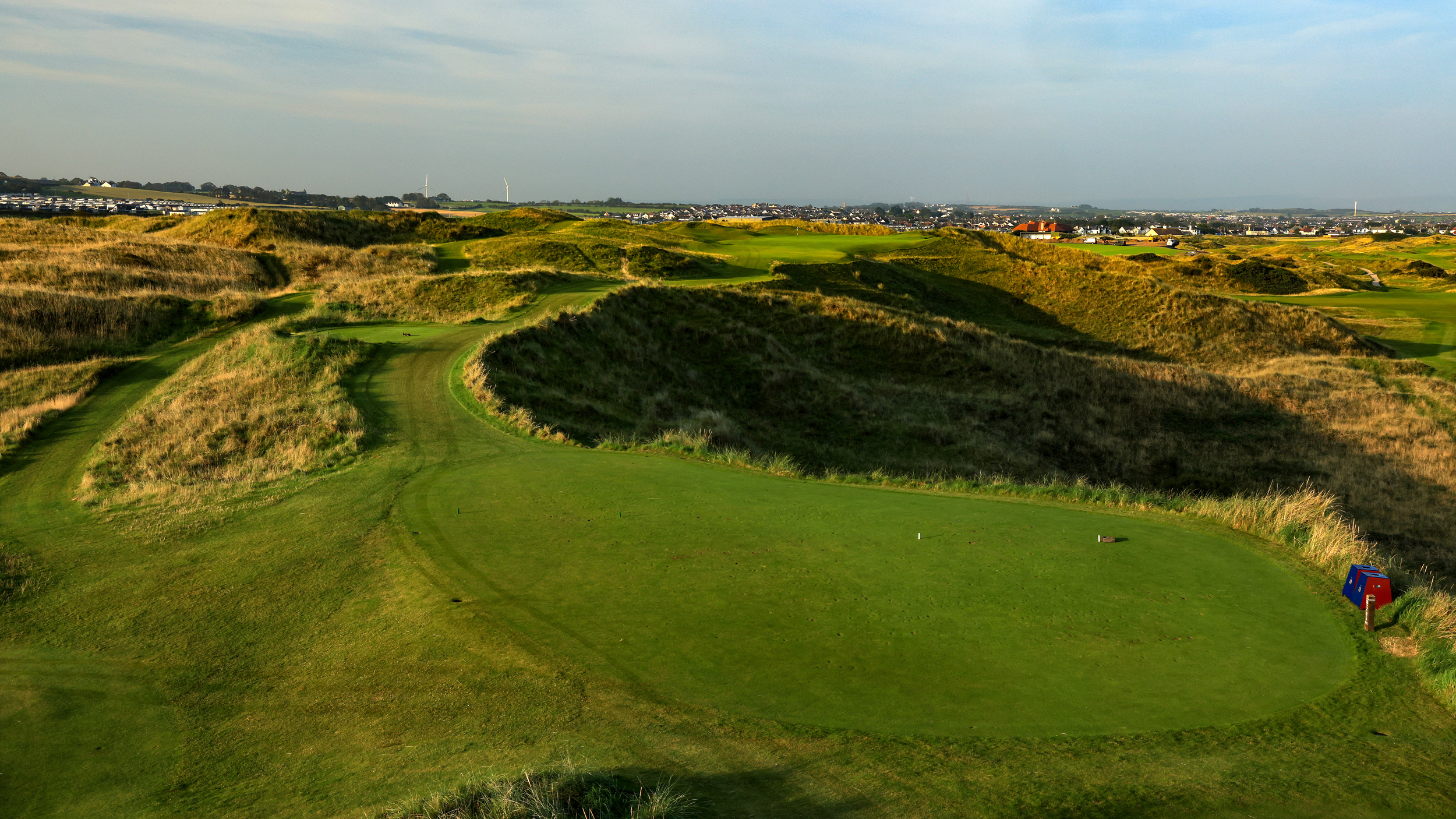
As Royal Portrush's Dunluce links hosts The Open Championship for just the third time in its history in 2025, many players and fans will still be learning plenty about the unique Northern Irish layout.
Its elevation changes are unmatched among its peers on the Open rota while very few others have the same picturesque setting or the severity of ridges and valleys. As a result, Portrush's latest Open has been one of the most eagerly-anticipated in a long time.
After it first staged The Open in 1951, the County Antrim course was made to wait until 2019 for a repeat. But before Shane Lowry hoisted the Claret Jug aloft, a multitude of changes were made to the links set-up.
The original 17th and 18th were ultimately replaced by the new seventh and eighth, holes seven to 16 became the back nine, the second hole was lengthened while the 10th was realigned and the overall par went from a 72-stroke course to a 71 despite having 200 yards added on in total.
But the most famous hole on the course was not touched, aside from being redesignated as the 16th instead of the 14th. That hole is also called Calamity Corner.

Set up as a long par 3, Calamity Corner is likely to make or break those aiming to become 2025 Champion Golfer of the Year. It made Lowry in 2019 as he recorded three pars and a relatively fortunate birdie on his way to victory.
From the tee, players are faced with what Royal Portrush itself describes as "236-yard of pure terror" with the wind likely blowing directly into the golfer at the highest point on the course.
A "yawning chasm" which makes up the majority of the hole and also draws a player's eyes down and away to the right. Should a golfer's ball land in said ravine, they could find themselves up to 100 feet below the hole.
The green is 39 yards deep and set diagonally from front left to back right, with plenty of players likely to bail out into Bobby Locke's Hollow - a collection area to the left of the putting surface which offers a much better up-and-down chance than the cascading valley featuring heavy rough on the opposite side.
Per Royal Portrush's website, it says: "It is hard to describe the feeling as you stand on this tee, looking out across the Valley links below, knowing it will take a fantastic shot to hit the small target across the void."
If the 2019 Open Championship is anything to go by, that is unequivocally true as just 41% of players hit the 16th green in regulation - among the top-three lowest success rates on the course that week.
Speaking to The R&A, Royal Portrush club pro Gary McNeill said: "I think every competitor would quite happily take a three in each round. It's a hole where, if you get it wrong, you can easily run up a double-bogey or worse, particularly if the player pushes it out to the right and doesn't make the carry across.
“The ball has a tendency to bounce and make its way right down to the base of that chasm, and then you're at the mercy of what lie you get down there and you're trying to play a shot up a very steep bank to a blind target.
“It has the potential to be a real card-wrecker - most players will kind of aim to the left centre of the green and just try and play up that left-hand side, where you do get a little bit of assistance from the mounding.”
WHY IS IT CALLED CALAMITY CORNER?
The answer is obvious - it is simply an extremely tough hole which can cause professional players embarrassment and lead to many a high score. Just ask Rory McIlroy, who found the green in regulation during his opening round before four-putting his way to a double bogey anyway.
In 2019, it was the third-hardest hole on the course throughout the week, playing 0.25 shots over par. In round four, Calamity Corner was playing 0.37 strokes over par behind the par-4 14th (0.38) and the par-4 11th (0.62).







